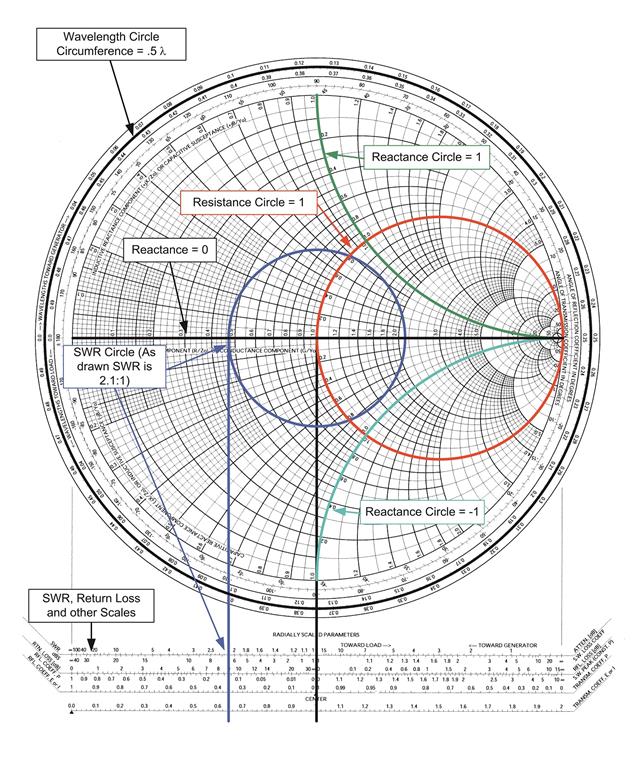

Increased losses between the tuner and DUT from cables, probes, fixtures… will further limit the amount of energy reflected as a2 and reduce gamma even more.

Because the a-wave is a partial reflection of the b-wave, a2 will always be less than b2, limiting our reflection coefficient Gamma to a value less than 1. The first and most common method uses impedance tuners to physically impede the flow of energy through the tuner and reflect part of the signal back to the DUT. A generalized form of the formula can be written as Considering our DUT as a two-port device shown in Figure 1, ΓL is nothing more than a2/b2, or the ratio between the reflected- and forward-traveling waves. The impedance presented to the DUT can be stated in various formats: Impedance ZL (consisting of R+jX), VSWR (a real number) and its associated phase angle (thanks for the correction, Joe!), and ΓL (as a complex number in magnitude and phase).
Design matching network (using ADS for example). In its simplest form, there are only four steps to load pull: It covers load pull basics, and shows you how to set up and run load pull simulations on their ADS software. When used in conjunction with a signal source and signal analyzer (spectrum analyzer, power meter, vector receiver…), load pull can be used to measure parameters such as output power, gain, and efficiency as a function of load impedance presented to the DUT.įor a nice summary of load pull, you may want to watch this video from our friends over at Keysight. Load pull involves varying the load impedance presented to a device under test and monitoring a single or set of performance parameters. Steve Cripps' method for load-line analysis of power amplifiers is often used in absence of, or to corroborate load pull data.Ĭlick here to learn about de-embedding load pull data using Python (new for October 2017!) Here's a page on the relative merits of in-phase and quadrature combined amplifiers with respect to immunity to load-pull. Click here to go to our main measurements pageĬlick here to visit our companion page on measuring noise parameters using source pullĬlick here to go to our impedance tuner pageĬlick here to go to our page on efficiency of microwave devices






 0 kommentar(er)
0 kommentar(er)
